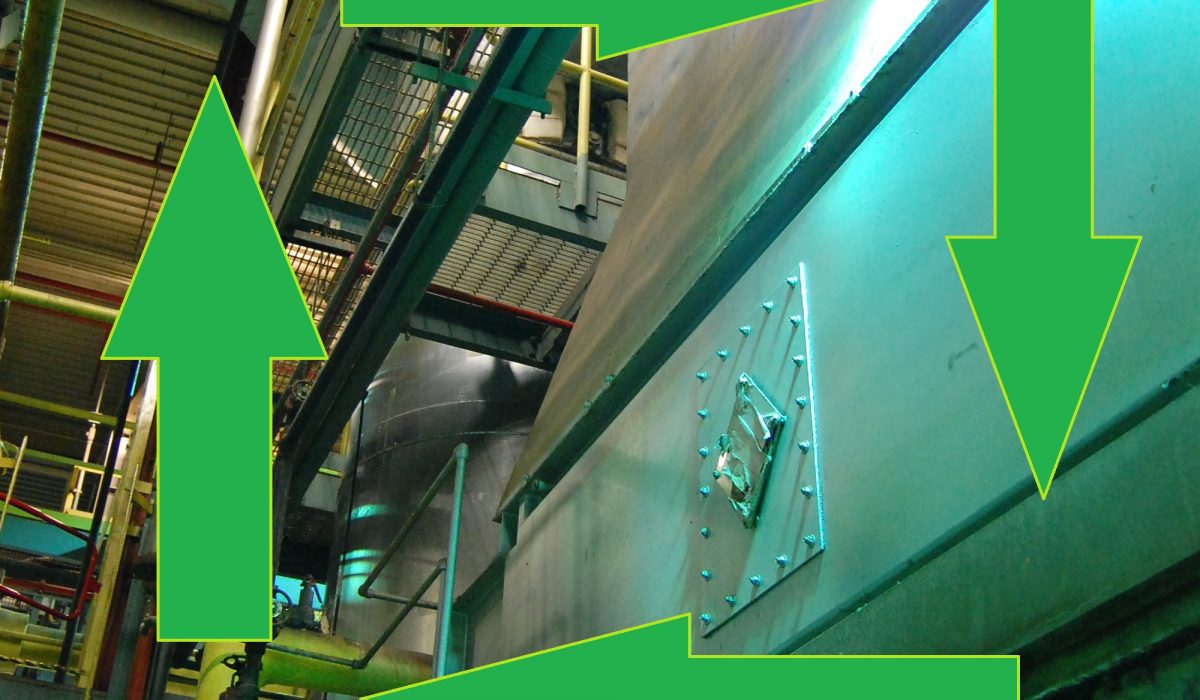
The level of sophistication automation can bring to a business’s energy management system is extraordinary. Equally impressive is the money (and energy) saved through implementation of a strategic demand control system. Look no further than Taking Control of Energy Use, an article recently published on InTech filled with examples of savings and energy conservation.
Common practice is for companies to pay a demand charge to utility companies based on peak demand. Enabling a system to moderate loads, reducing peak demand, can save thousands annually. Automation systems go beyond anything that can be achieved manually. Set to act in a specific fashion, intelligent energy management systems can root out inefficiencies, slow down cycling blowers and shut down battery charges as needed.
A key factor of energy management is reducing demand without affecting production. This is where the true brilliance of automation shines. A system can be built to react to countless factors and be programmed in such a way that it never modifies aspects of the business that need to be running at all times.
Envision every asset, tool and machine in a plant working and reacting to one another without the need for manual instruction. The whole system works in harmony, optimized to its best performance level. In order to achieve this improvement, an evaluation of the plant should be performed. This should involve identification of potential savings of the life of a system, saving opportunities and saving initiatives. It can be helpful to have automation experts evaluate your processes for you as they have been trained to notice every detail of a system. Pick the guys who will tell you the truth, not just the truth you want to hear, and you’ll be amazed at the funds you save after you achieve return on investment.

